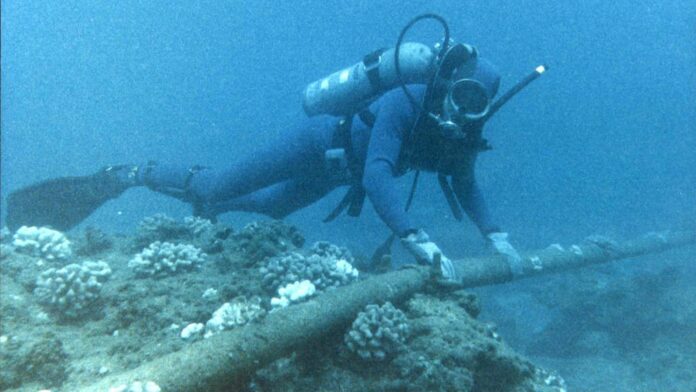- Red Sea submarine cable delays are causing global bandwidth shortages in already congested regions
- Operators face hazardous conditions that prevent critical plant equipment from operating safely
- High-risk waters are forcing telecom companies to abandon long-planned implementation timelines
Ongoing instability in the Red Sea has created major hurdles for tech giants and submarine cable operators, who now face lengthy construction disruptions as safety risks complicate every step of construction.
Cable vessels require predictable access, stable waters and political approval, but these conditions no longer exist in an area where conflict has disrupted normal maritime traffic.
Companies involved in major systems designed to connect Europe, Asia and Africa have confirmed that critical parts of their infrastructure cannot be developed because their ships and crews cannot operate safely.
Critical projects lose momentum
Meta’s 2Africa system and Google’s Blue Raman project remain the most visible examples of stalled work, with parts of the Red Sea still unfinished despite years of planning and heavy investment.
Operators responsible for the additional cables, including India-Europe-Xpress, Sea-Me-We 6 and Africa-1, were unable to complete their planned routes, creating a bottleneck in a corridor that traditionally handled large volumes of global data traffic.
These delays increase pressure on countries that rely on limited cable routes and continue to experience slower speeds and higher prices.
Telcos are currently exploring land routes through Bahrain, Saudi Arabia and Iraq to avoid the Red Sea entirely; ironically, roads that were once considered too expensive or politically complex.
Some companies are exploring the possibility of applying for a waiver from the US Treasury Department, which would allow them to negotiate directly with Yemeni authorities to obtain permits for cable-laying work.
Others discussed whether support from international security organizations might be needed to ensure safe access to installation and maintenance vessels.
The delays have created greater operational challenges as traffic shifts to alternative systems that are not designed to handle continued excess demand.
This congestion affects professional services that depend on stable international routes, especially organizations that rely on commercial broadband connections for their day-to-day operations.
Capacity constraints also complicate disaster recovery plans because a sudden bypass introduces additional reliance on cloud security networks that must handle unexpected loads.
Countries with the least cable connections are still the most vulnerable because they do not have sufficient redundancy to withstand long outages.
These conditions suggest that the likelihood of further disruption will increase as geopolitical risks continue to cripple construction in the region.
IN Bloomberg
